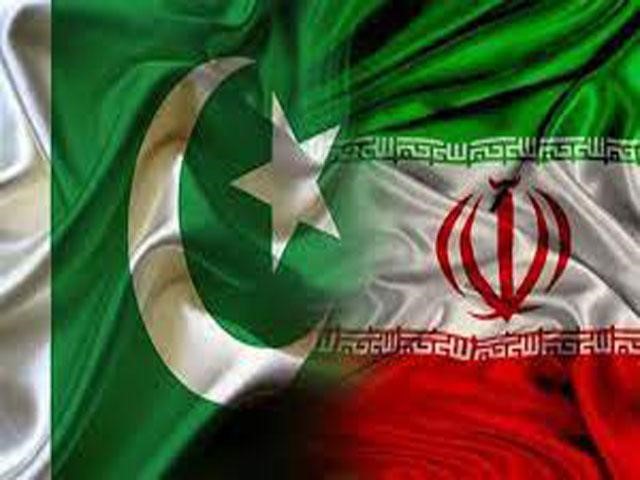INP-WealthPk
Syed Marwan Shah
Iranian businessmen have shown keen interest in making investment in oil and gas, mining, construction machinery, and fertilizers manufacturing sectors of Pakistan.
A delegation of Iranian businessmen recently visited the Islamabad Chamber of Commerce and Industry (ICCI), and showed interest in undertaking joint ventures and investments in Pakistan.

The delegation identified several areas for joint ventures, including electric vehicles, car batteries, electronic tools, plastic products, dairy products, and food and dry fruit industries.
According to WealthPK research, currently, the volume of trade between Pakistan and Iran is over $600 million, and both countries have already agreed to take the trade volume to $5 billion by 2023.
The Iranian delegation came to Pakistan to participate in a Pak-Iran Trade Exhibition. The ICCI President Muhammad Shakeel Munir highlighted various potential areas of joint ventures and investment in Pakistan to the Iranian investors.
He said cordial relationship exists between Pakistan and Iran, which should be translated into an increase in trade and investment between the two countries.
“The existing level of two-way trade, which is approximately $1 billion, does not reflect the actual potential of both countries, and could easily be increased to $5 billion per year if both sides fully exploit their potential,” he noted.
The ICCI president further said that there was a need for Pakistan and Iran to focus on removing tariffs and non-tariff barriers to improve the flow of bilateral trade through air, road, and railway links, as none of these modes of transportation has yet been fully utilized economically.
It should be noted, however, that Pakistan's export basket to Iran is narrow, as rice constitutes 63% of its exports. In 2006, Iran and Pakistan signed a preferential trade agreement (PTA). Tariff concessions have been granted to Iran on 309 tariff lines, while concessions have been granted to Pakistan on 338 tariff lines. Rice, fruits, cotton, cotton yarn, pharmaceutical products, and cutlery are the major sectors covered by the PTA.
During 2017, both sides agreed to finalize the proposed free trade agreement (FTA) by November that year. At that time, during two rounds of discussions between the trade negotiating committees of both countries, it was projected that the FTA, if finalised, would increase bilateral trade from $300 million in 2016 to $5 billion by 2021.
The number of border crossings between Pakistan and Iran currently stands at 959, but the border crossings that will be available for trade remains to be determined.
Credit : Independent News Pakistan-WealthPk




